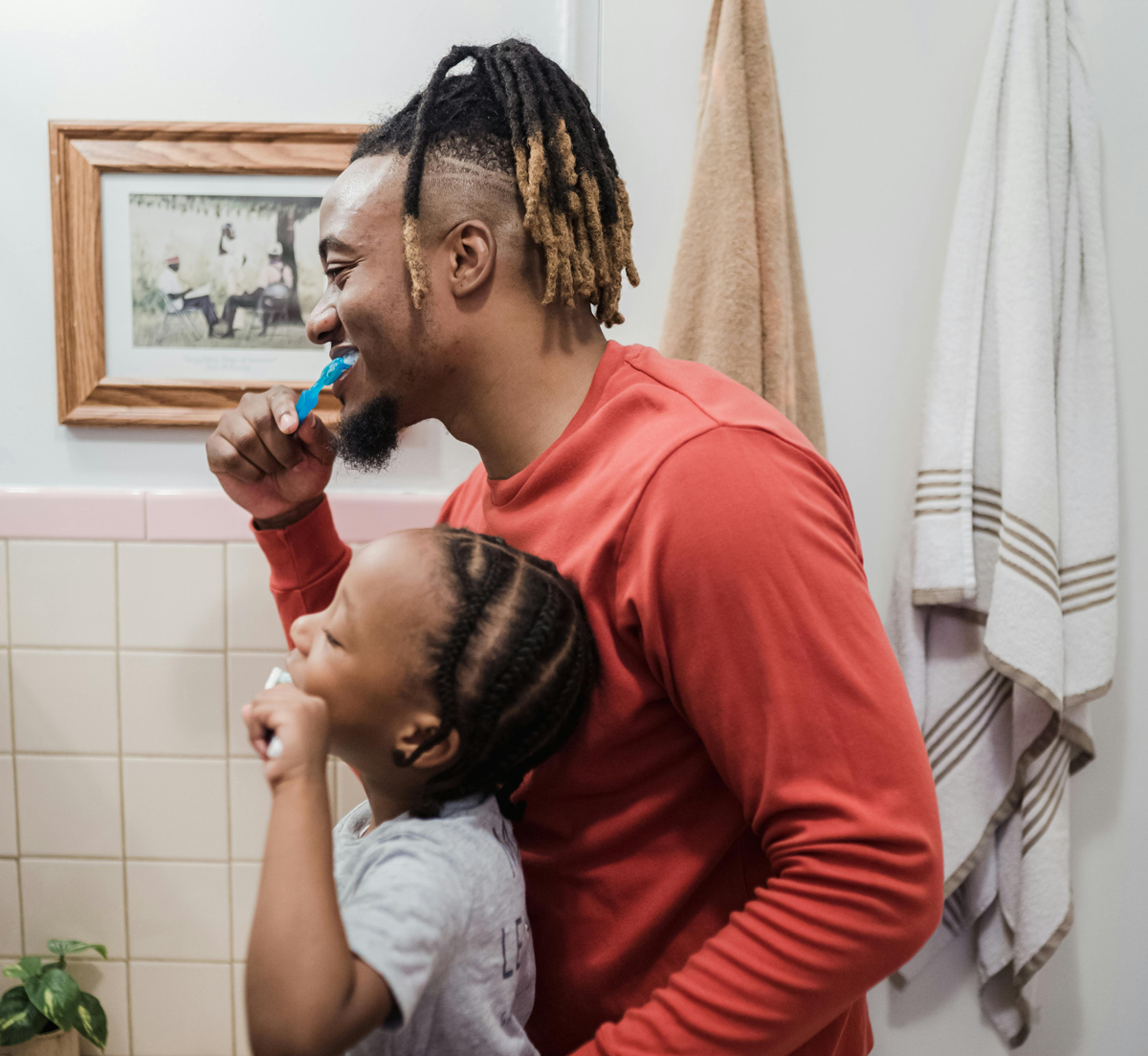What Is Tooth Decay?
Tooth decay (also called cavities) happens when the enamel (outer layer of the tooth) gets damaged. When bacteria in the mouth mix with food and drinks, cavities can form. Dental cavities are the most common chronic disease in children and can make eating and talking difficult.
What Happens If Tooth Decay Isn’t Treated?
If left untreated, cavities can get worse and cause:
- Pain and infection
- Trouble eating
- Tooth loss
- Gum disease



